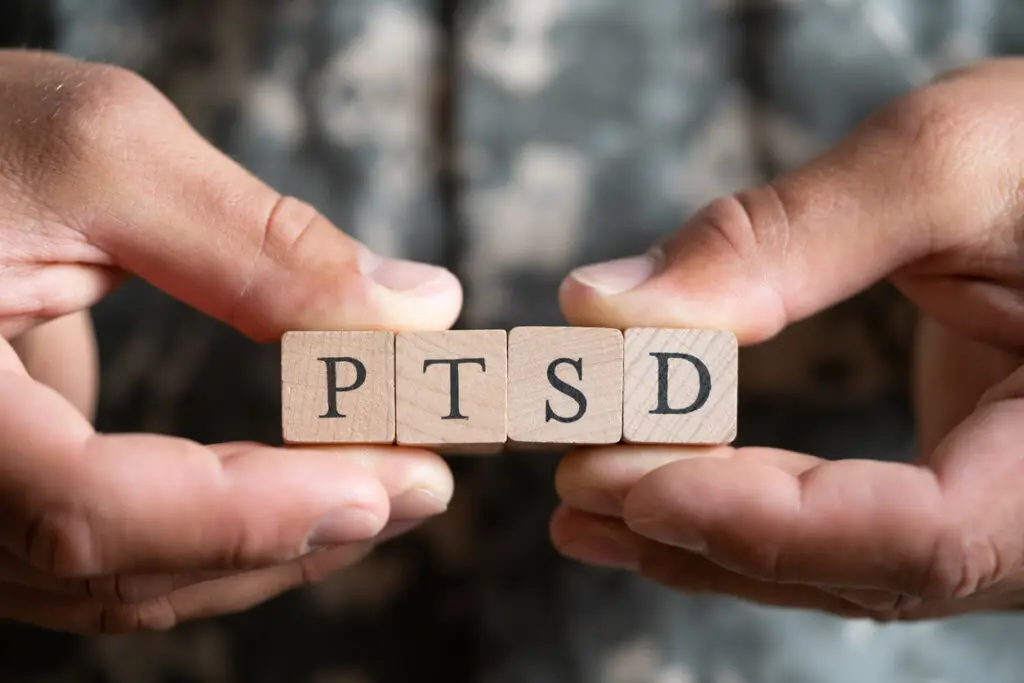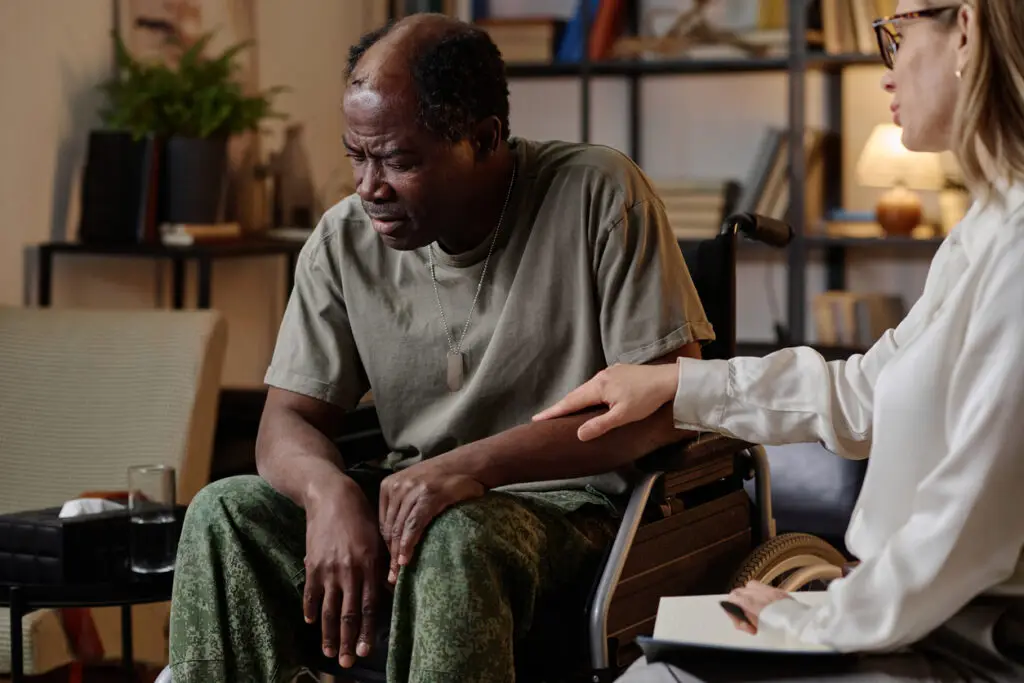How Medical Marijuana Helps Veterans suffering from PTSD
In the quiet corners of daily life, many American veterans carry the weight of PTSD—a battle often invisible to the untrained eye.
Many say it’s an epidemic in our country, letting those who served our country down by abandoning them when they need us. And with up to 23% of vets having experienced some degree of PTSD in their lifetime (and that’s not including unreported cases), it’s a struggle that many wish they could soothe.
Thankfully, there are solutions, one of which is the increasingly popular medical marijuana movement that’s sweeping the country. Legal in 38 states with movements to convert the rest, those in North Carolina can get excited as this treatment could be the ticket to changing your life for the better.
Currently poised on the cusp of legality in North Carolina, this piece isn’t just another article; it’s a comprehensive guide to PTSD and the potential relief that medical marijuana promises to vets.
Let’s get straight into it.

Understand PTSD: More Than a Veterans' Issue
Post-traumatic stress disorder (PTSD) is far more than just a string of four letters – it’s an intense and persistent emotional response to extreme psychological trauma, a burden carried by many yet disproportionately affecting our veterans.
Anyone who’s experienced a terrifying or life-threatening event—be it war, a natural disaster, a violent assault, or a tragic accident—might find themselves wrestling with PTSD.
Right now, an estimated 5% percent of Americans (about 13 million people) experience PTSD currently or will at some point in their life.
But again, if we narrow our focus to the heroes who’ve served our country, the numbers are staggering, with recent studies putting the prevalence of PTSD somewhere between 11 to 20 percent among veterans in the post-9/11 era.
But while PTSD isn’t a veterans-exclusive challenge, the combination of combat stress and the difficulties of transitioning back to civilian life often amplifies its impact.
By this, we mean that if adequate treatment is sought out and promoted, vets can deservingly get their lives back on track, enabling them to live a joyous and satisfied life back on their home turf, and many others can benefit from the relief these solutions can provide.
Medical Marijuana: An Emerging Solution for PTSD
Imagine a plant, one that’s been around for millennia, quietly growing amidst us, capable of playing a vital role in managing PTSD symptoms.
That’s medical marijuana for you. It’s a type of cannabis grown explicitly for medicinal use, containing over a hundred different chemical compounds and offering a plethora of therapeutic benefits.
As the stigma around marijuana thankfully eases, the use of medical marijuana among veterans has started to rise.
Take the story of Florida, for instance, where, post the legalization of medical cannabis, over 50,000 patients with PTSD registered for the treatment.
Among those patients, a substantial number were veterans, attesting to this natural remedy’s perceived benefits and acceptance.
But how exactly does marijuana work its magic?
The Science Behind It: How Medical Marijuana Works for PTSD
While the science can get a little complicated, we’ll try to summarize it quickly, as this should help you get a little more understanding of how medical marijuana works and why so many sing its praise and advocate for it to be legalized in the remaining states.
If you’re more of a visual learner, here’s a simple explainer that can help.
Cannabis and the Endocannabinoid System
For the rest of us:
Natural compounds in our bodies called endocannabinoids play the lead role in the show.
These compounds, miracle molecules of sorts, are the maestros conducting the symphony of our mood, memory, sleep, stress responses, and more.
Now, step in PTSD.
This condition might result from discord in this endocannabinoid symphony due to a traumatic event.
The fine-tuned harmony drifts out of balance, leading to familiar PTSD symptoms like relentless vigilance, intrusive memories, sleep disturbances, and heightened anxiety levels.
So, how do these come together?
Cannabis is rich in chemicals called cannabinoids—close cousins of our natural endocannabinoids.
When introduced into the body, these cannabinoids interact with our endocannabinoid system, angling to topple the imbalanced scales back toward some degree of normalcy.
The result is essentially an interaction that can help ease PTSD symptoms, thus making medical marijuana an attractive alternative to traditional pharmaceuticals for some.

Practical Guide: Best Strains and Delivery Methods for PTSD
Selecting the right strain of medical marijuana could be just as crucial as the decision to use it in the first place for managing PTSD symptoms. Here’s a look at some renowned strains and their potential effects:
- Indica Strains: Known for their relaxing effects, they may help with sleep disturbances and anxiety.
- Pros: Promotes relaxation and sleep, reduces anxiety.
- Cons: May cause drowsiness and lethargy, not ideal for day use.
- Sativa Strains: Often associated with uplifting and energizing effects, these could aid in alleviating mood disorders.
- Pros: Boosts energy and uplifts mood.
- Cons: May increase anxiety or paranoia in some users.
- Hybrid Strains: Combining attributes of both Indica and Sativa, these strains can be finely tuned to address multiple symptoms.
- Pros: Balanced and customizable effects.
- Cons: Effects can vary widely, making it harder to predict outcomes.
Now, considering the method of consumption, each has its own set of advantages.
- Smoking: Provides quick relief by entering the bloodstream rapidly.
- Pros: Fast-acting.
- Cons: Potential respiratory issues.
- Vaping: A potentially less harmful alternative to smoking that still provides rapid effects.
- Pros: Less respiratory irritation, fast-acting.
- Cons: Requires additional equipment (vaporizer).
- Edibles: Long-lasting effects and no inhalation required, making it an attractive choice for many.
- Pros: Durable impact, discreet usage.
- Cons: Delayed onset, harder to dose accurately.
When considering a delivery method, it’s vital to consider personal preferences, lifestyle, and the specifics of one’s symptoms. An open conversation with a healthcare provider can set you on a path tailored just for you.
Conclusion
Medical marijuana holds promise as an alternate, potentially significant tool for managing PTSD symptoms, particularly among our cherished veterans.
As we’ve discussed, it works by modulating our internal endocannabinoid system, possibly relieving anxiety, enhancing sleep, and balancing mood.
But remember, before diving into this new treatment option, it’s essential to consult with a healthcare professional.
Visit CharlotteMarijuanaDoctor.com, your one-stop destination for everything medical marijuana. Together, let’s stride towards a future where hope and healing are just a strain away.
Get Your Medical marijuana certification North Carolina
Get ahead of the curve and pre register NOW

